Combining Watercolor and Drawing Techniques in Art
Art is a world where imagination knows no bounds, and the combination of watercolor and drawing techniques creates an exciting playground for artists. Imagine a canvas where the fluidity of watercolor dances with the precision of drawing, resulting in a visual symphony that captivates the viewer. This harmonious blend not only enhances the aesthetic appeal of artworks but also opens up a myriad of creative possibilities. Whether you're a seasoned artist or a curious beginner, understanding how to intertwine these two mediums can elevate your artistic expression to new heights.
Watercolor, with its transparency and fluidity, brings a sense of lightness and vibrancy to any piece. On the other hand, drawing provides structure and definition, allowing for intricate details that can ground the ethereal qualities of watercolor. Together, they form a dynamic duo that can tell stories, evoke emotions, and capture the essence of a moment. But how do you merge these two distinct techniques effectively? Let's dive into the details and explore the unique characteristics, benefits, and creative methods to seamlessly integrate watercolor and drawing into your artistic practice.
One of the most exciting aspects of combining these mediums is the ability to create depth and dimension. By layering watercolor washes over drawn lines, artists can achieve a stunning contrast that draws the eye and engages the viewer. Imagine painting a gentle landscape where the soft washes of blue and green wash over the sharp, detailed outlines of trees and mountains. This layering technique not only adds visual interest but also invites the viewer to explore the artwork further.
Furthermore, the integration of drawing techniques allows artists to refine their ideas and compositions before committing to the fluidity of watercolor. Sketching out your thoughts provides a roadmap, ensuring that your artistic journey remains focused and intentional. It’s like laying down tracks before the train runs—you want to ensure everything is in place before the adventure begins!
As we venture deeper into the world of combining these two art forms, we'll uncover various methods to enhance your artwork's overall impact. From layering techniques to achieving a balance between contrast and harmony, each approach will empower you to express your creativity in ways you never thought possible. So grab your brushes and pencils, and let’s explore the beauty of merging watercolor with drawing techniques!
- Can I use any type of paper for combining watercolor and drawing? - It's best to use watercolor paper, as it can handle the moisture from the paint without warping.
- What drawing materials work best with watercolor? - Graphite, charcoal, and ink are popular choices. Each offers unique textures and effects.
- How do I prevent my ink from running when I apply watercolor? - Use waterproof ink or allow the ink to dry completely before applying watercolor.
- Can I use watercolor pencils for drawing? - Absolutely! Watercolor pencils can be used both dry and wet, offering versatility in your artwork.
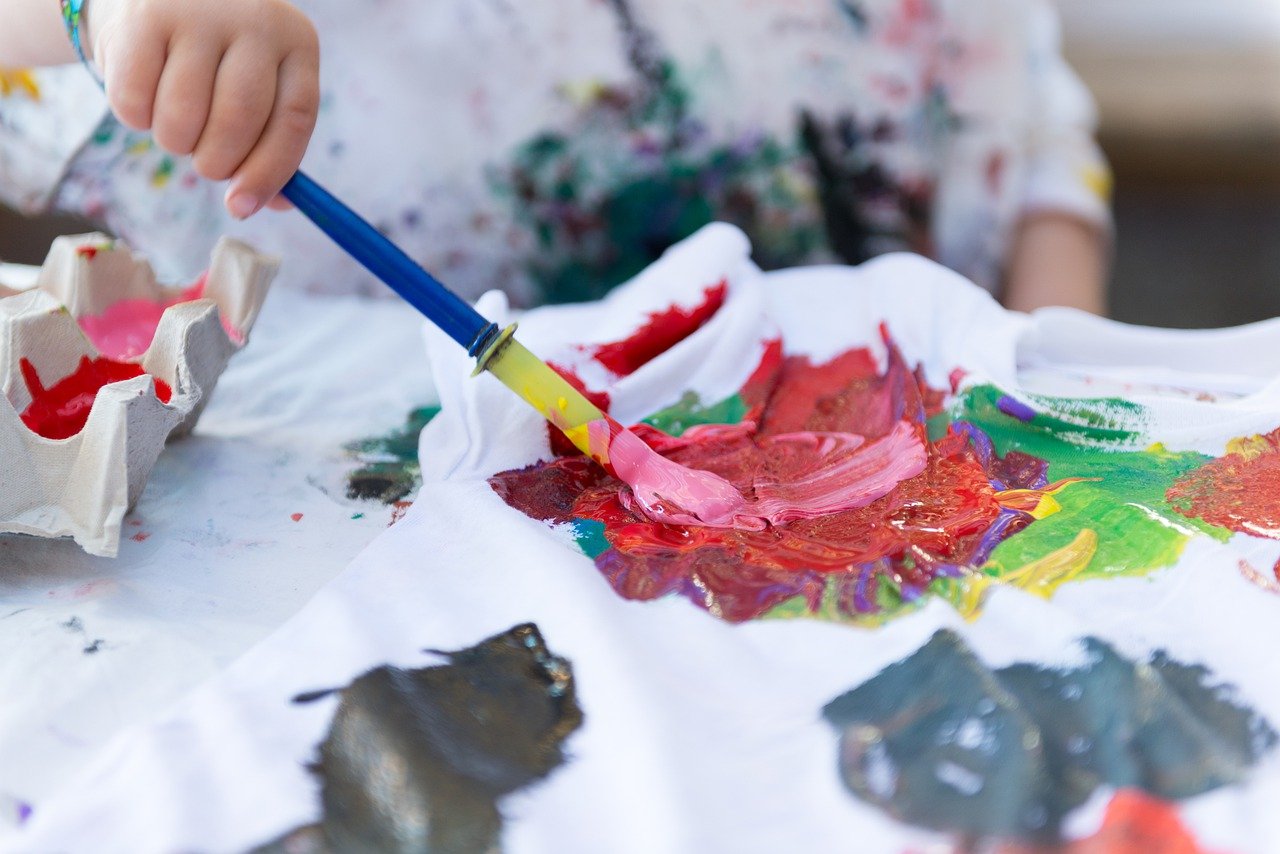
Understanding Watercolor Basics
Watercolor painting is a versatile medium that captivates artists with its transparency and fluidity. Unlike other paint types, watercolors allow for a beautiful interplay between light and color, creating ethereal effects that are hard to replicate. To get started effectively, it's essential to grasp some of the fundamental techniques, the different types of watercolor paints available, and the tools that can enhance your painting experience.
First, let’s talk about the different types of watercolor paints. There are primarily two categories: tube watercolors and pan watercolors. Tube watercolors are highly pigmented and often wetter, making them ideal for larger washes and more vibrant effects. On the other hand, pan watercolors come in solid form, which makes them portable and convenient for quick sketches or travel painting. Each type has its unique charm, and experimenting with both can help you find your preferred style.
Now, onto the essential tools you’ll need. A good set of watercolor brushes is crucial, as the type and shape of the brush can significantly affect the outcome of your work. For instance, round brushes are excellent for detail work and fine lines, while flat brushes are perfect for washes and broad strokes. Additionally, using a watercolor palette for mixing colors and a water container for rinsing brushes will streamline your process. Don't forget high-quality watercolor paper, which is designed to absorb water without warping or tearing—this is key to achieving those stunning watercolor effects.
When it comes to techniques, there are several fundamental approaches to consider. The wash technique, which involves applying a large area of color, is a fantastic way to set the mood of your painting. You can create a wet-on-wet wash by applying wet paint onto wet paper, allowing colors to blend seamlessly. Alternatively, the wash-on-dry technique involves applying paint onto dry paper, which produces sharper edges and more defined shapes. Each method has its advantages and can be effectively combined to create depth and interest in your artwork.
Lastly, always remember that practice is essential. Watercolor painting can be unpredictable, but that’s part of its charm! Embrace the surprises that come with each brushstroke and learn to adapt your techniques as you go. The more you experiment, the more you'll discover the unique characteristics of this beautiful medium.
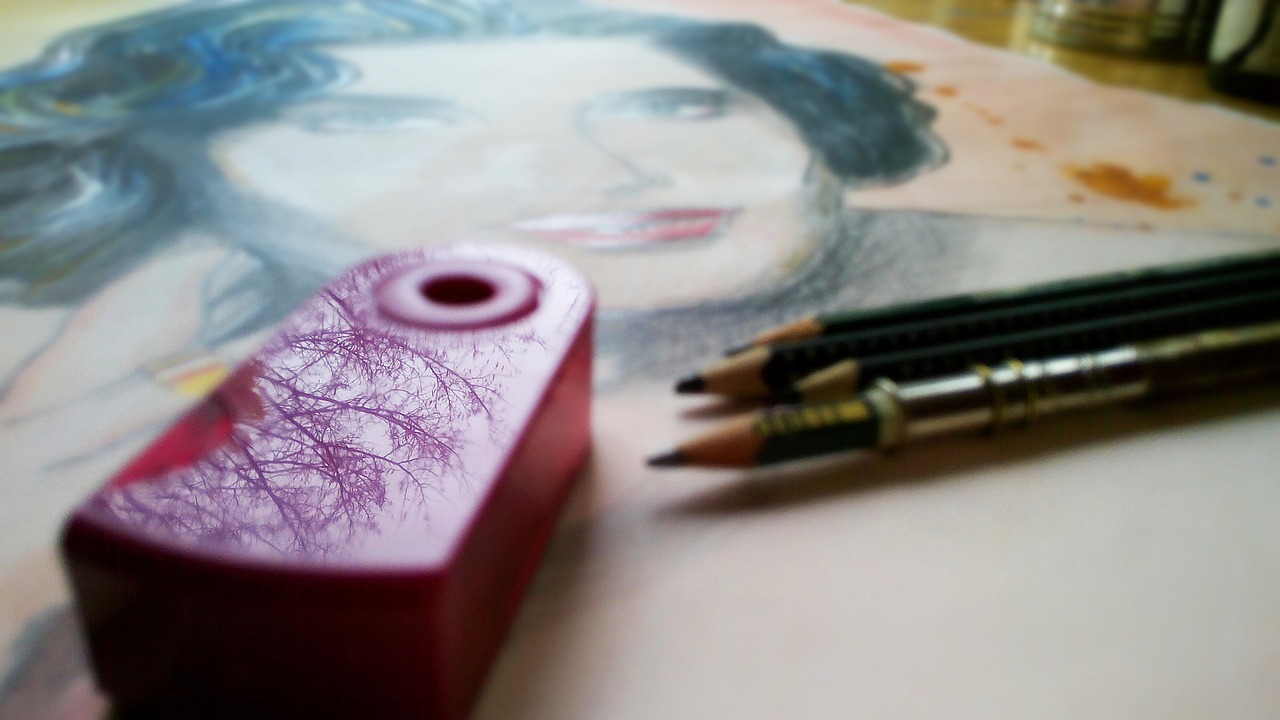
Exploring Drawing Fundamentals
Drawing is the heartbeat of visual art; it’s where every masterpiece begins. Whether you're sketching a quick idea on a napkin or meticulously planning a large canvas, understanding the fundamentals of drawing is crucial. Drawing isn't just about putting pencil to paper; it's about translating your thoughts and emotions into a visual language. So, what are the core principles that every artist should grasp? Let’s dive in!
First and foremost, mastering the basic techniques is essential. These include line work, shading, perspective, and proportions. Each technique serves as a building block for more complex creations. For instance, think of line work as the skeleton of your drawing. It defines shapes and outlines, giving structure to your ideas. Shading, on the other hand, adds depth and dimension—like adding muscles to that skeleton. When combined, these elements breathe life into your artwork.
To enhance your drawing skills, you’ll need to familiarize yourself with various materials. The right tools can significantly influence your artistic expression. Common drawing materials include:
- Pencils: These are versatile and come in various hardness levels, allowing for a range of effects from fine lines to deep shadows.
- Charcoal: Known for its rich, dark tones, charcoal is perfect for dramatic contrasts and expressive strokes.
- Ink: Ink can provide sharp, clean lines and is often used for detailed illustrations or calligraphy.
Each of these materials has its own unique qualities, which can dramatically change the outcome of your drawing. For example, while pencils allow for precision and subtlety, charcoal brings a boldness that can evoke strong emotions. The choice of material often reflects the artist's personal style and the message they wish to convey.
When selecting drawing materials, consider what you want to achieve. Here’s a quick comparison of some popular drawing tools:
| Material | Characteristics | Best Uses |
|---|---|---|
| Pencil | Variety of hardness, easy to erase | Sketching, detailed studies |
| Charcoal | Rich, dark tones, blends easily | Portraits, expressive art |
| Ink | Permanent, bold lines | Illustrations, comics |
Understanding these materials will empower you to make informed choices about your artwork. But let’s not forget the importance of practice. Just like any skill, drawing requires time and dedication. Regularly sketching from life, experimenting with different techniques, and even making mistakes are all part of the learning process. Each stroke of your pencil or brush teaches you something new.
Additionally, sketching is not just a preliminary step; it's a vital part of the artistic journey. Think of it as the brainstorming phase for your artwork. It allows you to explore compositions, refine ideas, and experiment without the pressure of creating a final piece. The beauty of sketching lies in its freedom; it encourages spontaneity and creativity. Plus, the more you sketch, the more confident you'll become in your abilities.
In conclusion, exploring the fundamentals of drawing opens up a world of possibilities for your artistic expression. By mastering basic techniques, understanding materials, and embracing the sketching process, you lay a solid foundation for your future artwork. Remember, every great artist was once a beginner, so don’t be afraid to pick up that pencil and start your journey!
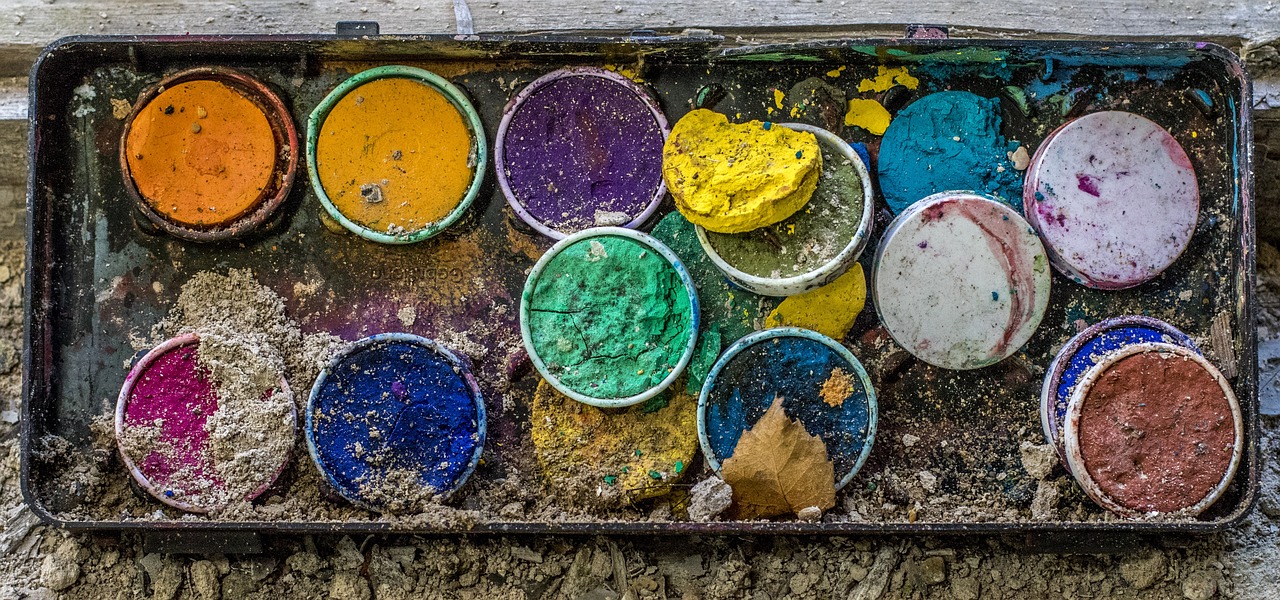
Types of Drawing Materials
When it comes to drawing, the materials you choose can significantly influence your artistic expression. Just like a chef selects the finest ingredients to create a delicious dish, an artist must carefully select their drawing tools to bring their vision to life. The world of drawing materials is vast, and understanding the nuances of each can open up a treasure trove of creative possibilities. Here, we will explore some of the most popular drawing materials, highlighting their unique characteristics and how they can be utilized in your artwork.
One of the most common drawing materials is the humble pencil. Pencils come in various grades, ranging from soft to hard, which affects the darkness and texture of the lines you create. Soft pencils, such as 2B or 4B, produce darker and richer lines, making them ideal for shading and expressive sketches. On the other hand, harder pencils like H or 2H are perfect for detailed work and fine lines. The versatility of pencils makes them a staple for both beginners and seasoned artists alike.
Then we have charcoal, a favorite among many artists for its rich, dark tones and ability to create dramatic effects. Charcoal can be used in various forms, including compressed sticks, vine charcoal, and charcoal pencils. Each type offers different textures and levels of control. For instance, vine charcoal is softer and easier to smudge, making it perfect for preliminary sketches or expressive strokes, while compressed charcoal provides a darker, more intense line, ideal for finished pieces. The beauty of charcoal lies in its ability to create bold contrasts and deep shadows, breathing life into any artwork.
Inking materials are yet another essential category in the drawing toolkit. From traditional dip pens to modern fineliners, inking tools allow artists to add precision and clarity to their sketches. Inking can elevate a drawing by providing a stark contrast against softer pencil or charcoal lines. For example, using a fine-tipped pen can create intricate details, while brush pens offer a fluid and dynamic line quality. When combined with watercolor, inking can enhance the overall composition, adding depth and definition.
To further illustrate the differences between these materials, consider the following table:
| Material | Characteristics | Best Uses |
|---|---|---|
| Pencil | Variety of hardness, smooth application | Sketching, detailed work, shading |
| Charcoal | Rich dark tones, easily smudged | Expressive sketches, bold contrasts |
| Ink | Sharp lines, various tip sizes | Detail work, outlines, combining with watercolor |
In addition to these primary materials, artists often experiment with pastels, markers, and even digital tools for drawing. Pastels can provide a vibrant color palette and a soft texture, while markers offer bold and bright hues that can be layered for depth. Digital drawing tools have also gained popularity, allowing for endless possibilities in both color and texture. The key takeaway here is that the choice of drawing materials can greatly affect your artistic style and the message you wish to convey through your work.
Ultimately, each artist's journey is unique, and the materials they choose will reflect their personal style and creative vision. So, whether you prefer the classic feel of a pencil, the dramatic flair of charcoal, or the precision of ink, embracing a variety of drawing materials will undoubtedly enrich your artistic practice. Remember, the right tools can help you unleash your creativity and transform your ideas into stunning visual masterpieces!
- What is the best drawing material for beginners? For beginners, pencils and sketchbooks are ideal as they are easy to use and allow for practice without much investment.
- Can I combine different drawing materials? Absolutely! Combining materials like charcoal and ink can create unique textures and effects in your artwork.
- How do I choose the right pencil grade? It depends on your desired effect. Softer pencils are great for shading, while harder pencils are better for fine lines.
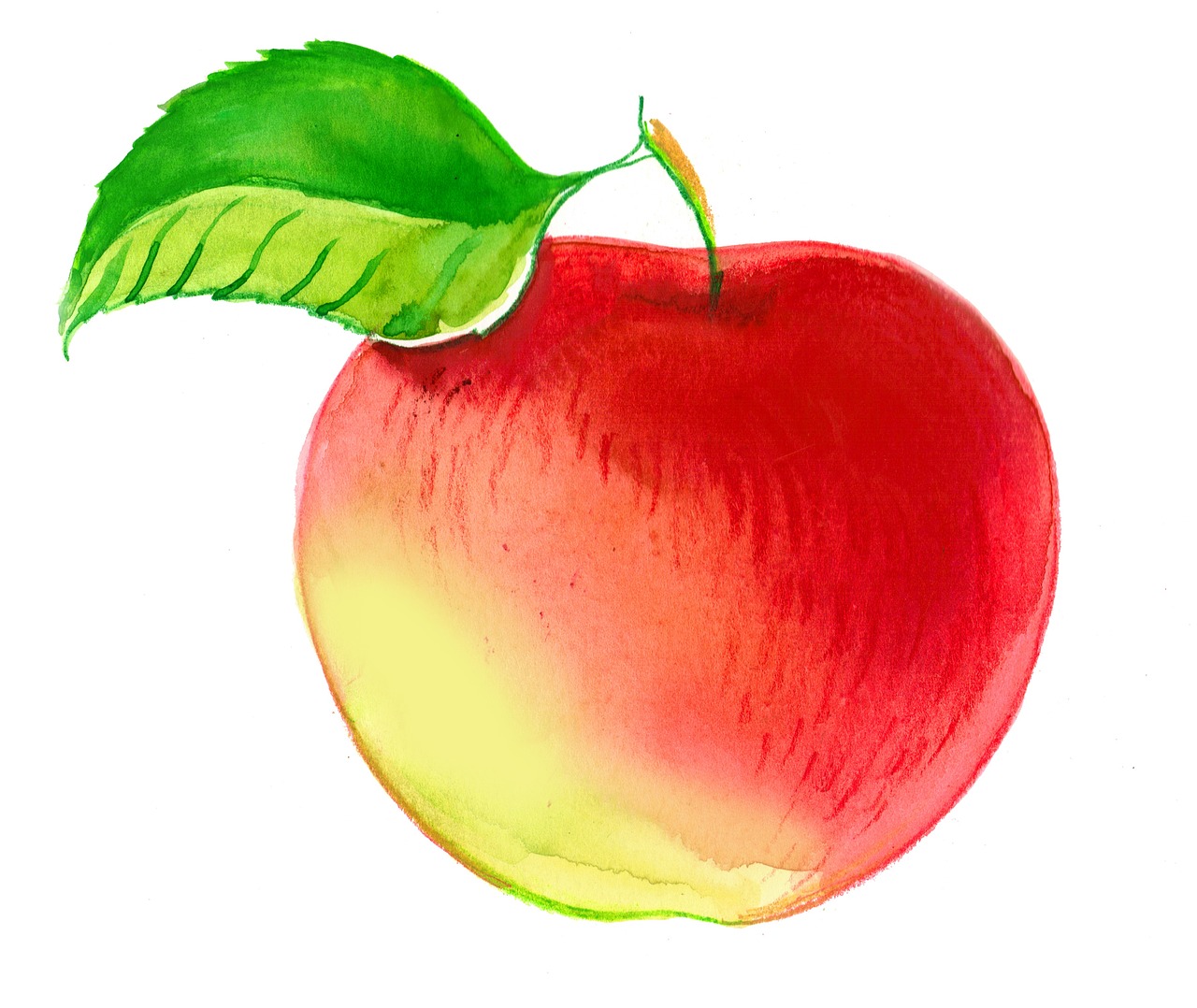
Graphite vs. Charcoal
When it comes to drawing, two of the most popular materials that artists often debate over are graphite and charcoal. Each medium has its own unique characteristics, advantages, and challenges that can significantly influence the final outcome of a piece. Understanding these differences can help you choose the right tool for your artistic vision. Graphite, often found in pencils, is known for its smooth application and ability to create fine details. It has a range of hardness levels, which can produce everything from delicate lines to bold strokes. This versatility makes graphite a favorite for many artists, especially when precision is key.
On the other hand, charcoal is celebrated for its rich, deep blacks and the dramatic effects it can create. Unlike graphite, charcoal can be smudged and blended easily, allowing for a more expressive and fluid style. This makes it ideal for artists who enjoy a more freeform approach to their work. However, charcoal can be messy and requires a bit more care in handling. It often leaves behind a residue that can smudge easily, which can be both a blessing and a curse depending on the desired effect.
To better understand the differences between these two materials, let’s look at a quick comparison:
| Feature | Graphite | Charcoal |
|---|---|---|
| Application | Smooth, precise | Rich, expressive |
| Blendability | Limited | High |
| Messiness | Low | High |
| Lightfastness | Generally good | Varies |
Ultimately, the choice between graphite and charcoal often comes down to personal preference and the specific needs of the artwork. If you’re aiming for precision and detail, graphite might be your best bet. But if you’re looking to create something with depth and emotional intensity, charcoal could be the way to go. Many artists even choose to use both mediums in the same piece, taking advantage of the strengths of each to create a more dynamic work. By experimenting with both, you can discover the unique qualities each one brings to your artistic practice.
- Can I use graphite and charcoal together? Yes! Many artists find that combining both mediums can enhance their work, allowing for a greater range of expression.
- Which medium is better for beginners? Graphite is often recommended for beginners due to its ease of use and clean application. Charcoal can be more challenging but offers rich textures.
- How do I preserve my charcoal drawings? To preserve charcoal drawings, consider using a fixative spray to prevent smudging and fading over time.
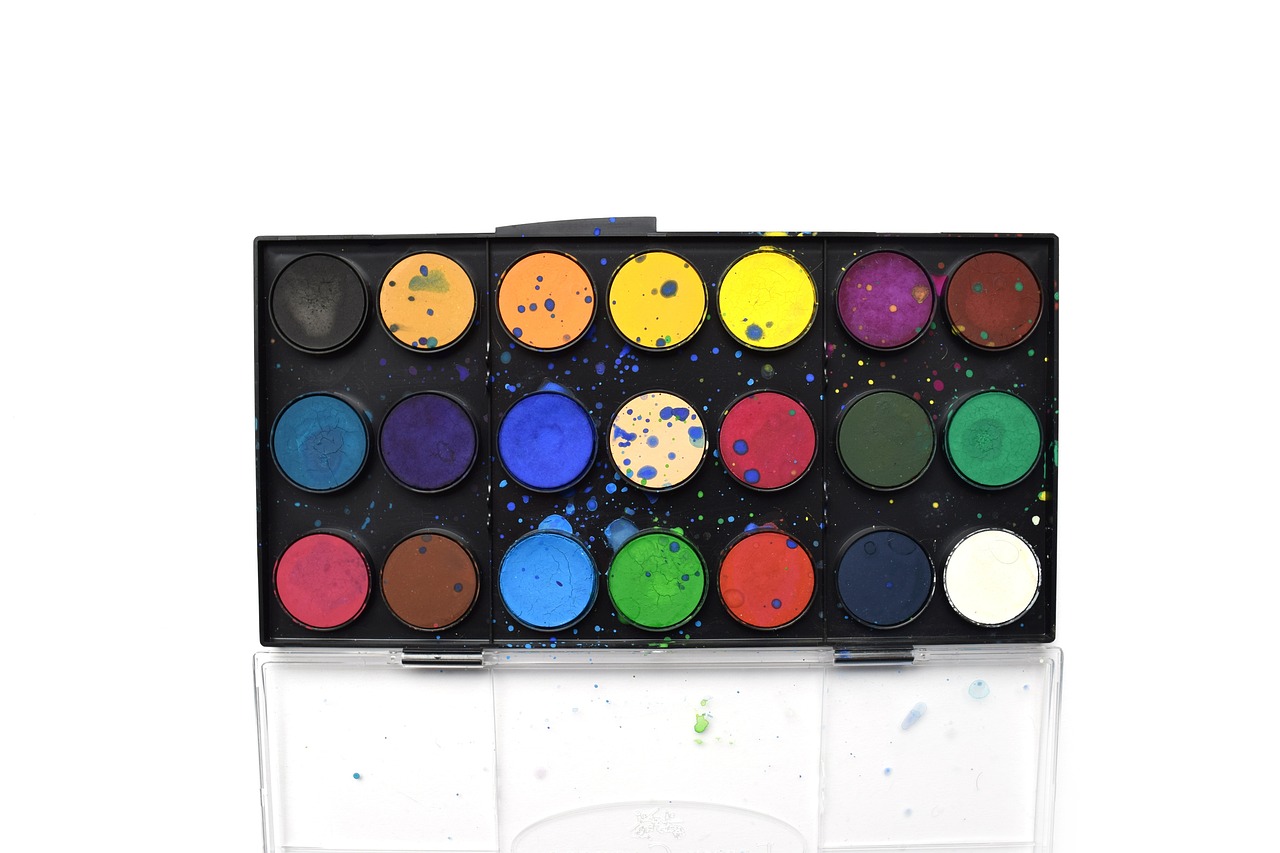
Inking Techniques
Inking is an art form in itself, offering a range of techniques that can enhance your drawings and create striking contrasts when paired with watercolor. The beauty of inking lies in its ability to define shapes, create textures, and add depth to your artwork. When you think about inking, consider it as the backbone of your drawing, much like the skeleton of a body—it gives structure and form to your creative vision.
One of the most popular inking techniques is **line work**. This involves using varying thicknesses of lines to create emphasis and interest. For instance, thicker lines can be used to outline the main subjects, while thinner lines can add delicate details. The interplay between these line weights can guide the viewer’s eye and create a sense of movement within your piece.
Another technique worth exploring is **hatching** and **cross-hatching**. This method consists of drawing closely spaced parallel lines (hatching) or intersecting lines (cross-hatching) to build up shadows and textures. The density of the lines can control the darkness of the area, allowing for a smooth transition from light to dark. Imagine it like shading with a pencil, but with the added flair of ink, which brings a boldness that pencil cannot achieve.
Inking can also involve the use of **stippling**, where small dots are used to create shading and texture. This technique requires patience and precision, but the results can be stunning. When combined with watercolor, stippling can create a beautiful contrast, as the vibrant washes of color blend seamlessly with the intricate details of the dots. Think of it as a dance between chaos and order, where the fluidity of watercolor meets the precision of ink.
Don't forget about **brush inking**, which allows for expressive strokes and a more painterly approach. Using a brush instead of a pen can create dynamic lines that vary greatly in width and intensity, providing a more organic feel to your artwork. This technique works exceptionally well with watercolor, as the soft edges of the brush can blend beautifully with the fluidity of the paint, creating a harmonious balance.
To help you understand these techniques better, here's a simple comparison table:
| Inking Technique | Description | Best Use |
|---|---|---|
| Line Work | Using varying line thicknesses to create emphasis. | Outlining main subjects and creating movement. |
| Hatching/Cross-Hatching | Creating shadows and textures with parallel lines. | Building depth and dimension. |
| Stippling | Using dots to create shading and texture. | Adding intricate details and contrast. |
| Brush Inking | Using a brush for expressive strokes. | Creating a painterly feel. |
Incorporating these inking techniques into your artistic practice can elevate your work to new heights. Imagine the potential when you combine the boldness of ink with the ethereal quality of watercolor! The key is to experiment and find what resonates with your style. Just like a chef combines flavors to create a masterpiece, you too can blend these mediums to create something uniquely yours.
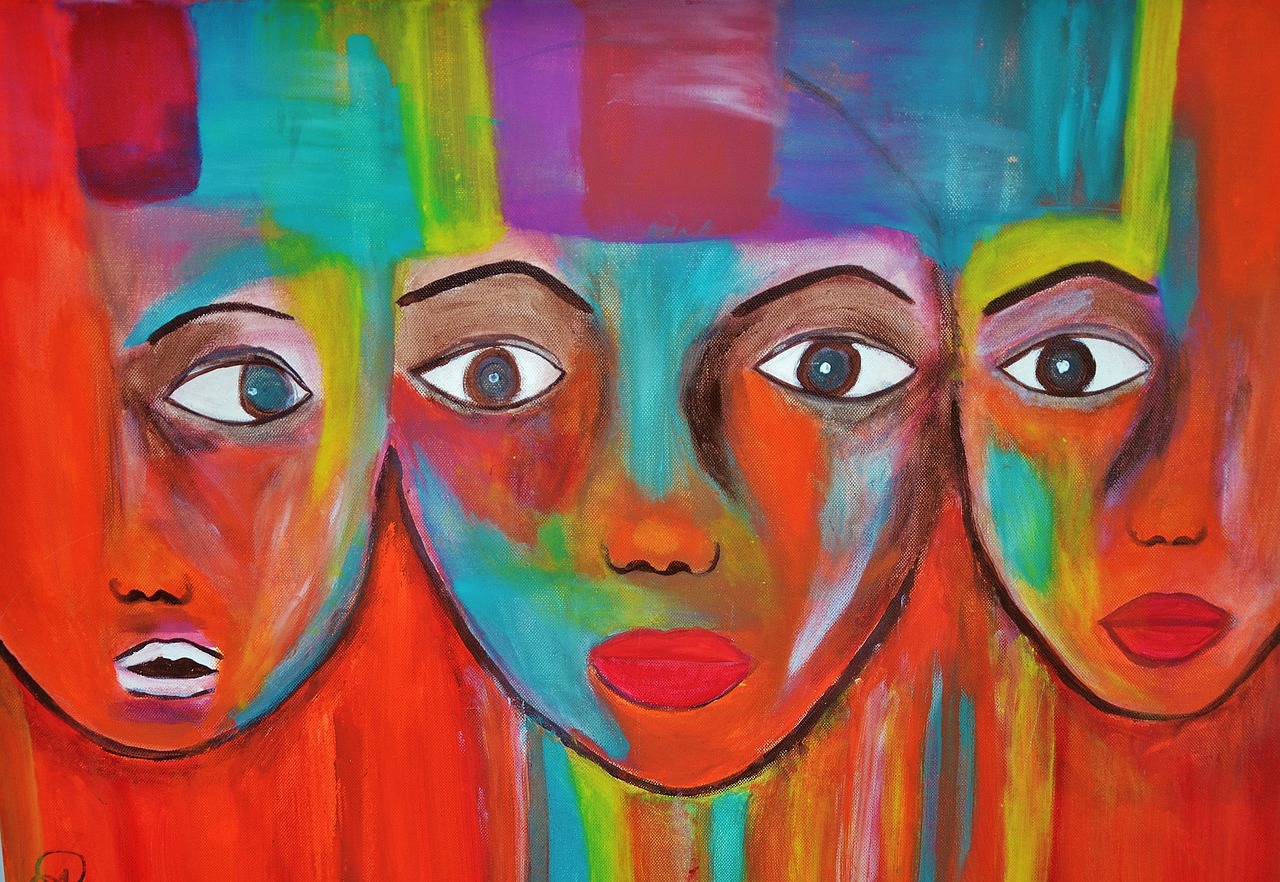
Importance of Sketching
Sketching is not just a preliminary step in the artistic journey; it's an essential practice that lays the groundwork for your entire creative process. Think of it as the blueprint for a building; without it, you might find yourself lost in a maze of ideas without a clear direction. When you take the time to sketch, you're essentially mapping out your thoughts and visualizing your artistic intentions before committing to paint or ink. This initial stage can save you countless hours of frustration later on, as it allows you to refine your composition and explore various elements of your artwork.
Moreover, sketching serves as a fantastic exercise for enhancing your observational skills. It encourages you to look closely at your subject, capturing details that you might otherwise overlook. This practice not only improves your technical abilities but also deepens your understanding of form, light, and texture. As you sketch, you begin to develop a personal style, which becomes evident in your final pieces. It's like training for an athlete; the more you practice, the stronger and more skilled you become.
One of the most significant benefits of sketching is the freedom it offers. Unlike the pressure of creating a finished piece, sketches allow you to experiment without fear of failure. You can play with different compositions, try out new techniques, and let your imagination run wild. Whether you're doodling in a notebook or working on a more detailed study, this unrestrained exploration can lead to unexpected discoveries and innovations in your artwork.
Furthermore, sketching can be a great way to brainstorm ideas. When you're faced with a creative block, returning to basic sketching can help unlock your imagination. It’s like shaking the dust off your brain and allowing fresh ideas to flow. You might find that a simple line or shape can spark a new concept that evolves into a full-fledged painting or drawing.
Incorporating sketching into your routine doesn’t have to be daunting. Here are some practical tips to get started:
- Set aside time daily: Even just 10-15 minutes can make a difference.
- Keep a sketchbook handy: This way, you can capture ideas whenever inspiration strikes.
- Don’t worry about perfection: Focus on the process rather than the outcome.
In conclusion, sketching is a fundamental practice that enriches your artistic journey. It enhances your skills, sparks creativity, and serves as a vital tool for planning your compositions. So, grab your pencil and sketchbook, and let your imagination flow freely. After all, every masterpiece begins with a single line!
Q: How often should I sketch?
A: Ideally, you should aim to sketch daily, even if it's just for a few minutes. Regular practice helps improve your skills and keeps your creativity flowing.
Q: Do I need special materials to sketch?
A: No special materials are needed! A simple pencil and paper will suffice. As you progress, you can experiment with different tools and mediums.
Q: What if I don’t know what to sketch?
A: Start with simple objects around you, like a cup or a plant. You can also try sketching from photographs or your imagination. The key is to keep practicing!
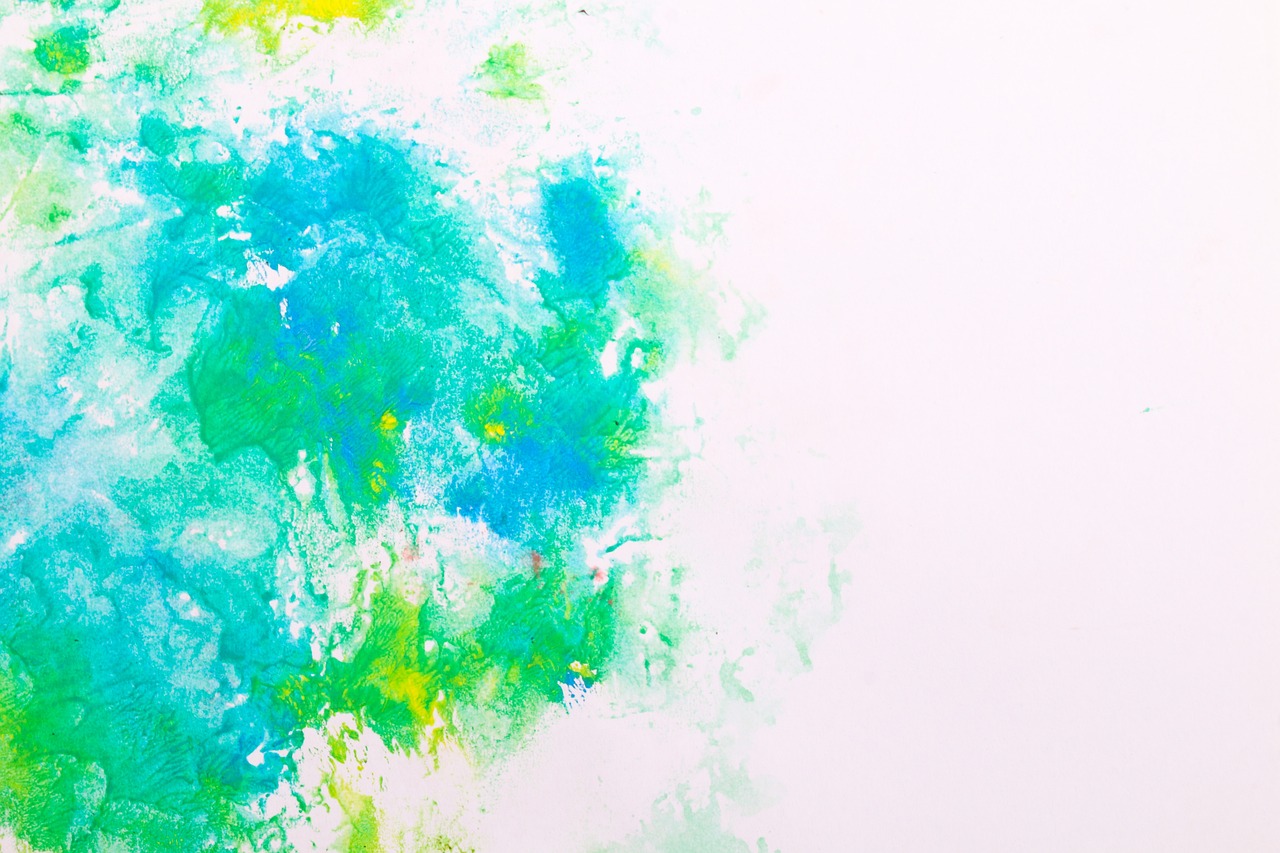
Integrating Watercolor with Drawing
Combining watercolor with drawing techniques can truly be a game changer in your artistic journey. Imagine the vibrant hues of watercolor blending seamlessly with the crisp lines of a pencil or ink. This integration not only enhances your artwork but also opens up a world of creative possibilities. When these two mediums work together, they can create stunning visual effects that capture the viewer's attention and evoke emotions. But how do you effectively merge these techniques to achieve that perfect balance? Let’s dive into some methods that can help you elevate your art.
One of the most effective methods of integration is through layering. Layering allows you to build depth and dimension in your artwork. Start by sketching your basic outline with a pencil, ensuring that your composition is well thought out. Once you’re satisfied with your sketch, you can begin applying watercolor. Use a light wash of color first, allowing it to dry before adding more layers. This technique creates a sense of depth, as the colors can interact and blend beautifully without overwhelming your initial drawing. The key here is patience; let each layer dry completely before proceeding to the next.
Another crucial aspect to consider is contrast and harmony. Achieving a balance between the fluidity of watercolor and the solidity of drawing can elevate your work to new heights. For instance, you might choose to use bold, dark lines to outline certain elements of your composition, which can make the colors pop even more. On the other hand, softer lines can create a more subtle effect, allowing the watercolor to take center stage. The goal is to find a balance that complements both mediums. Experiment with different combinations to see what resonates with your artistic vision.
Moreover, the choice of colors can significantly impact how your watercolor and drawing elements interact. When selecting your watercolor palette, think about how the colors will work with your drawing materials. For example, if you’re using a lot of cool tones in your watercolor, consider using a contrasting warm color for your ink or pencil lines. This contrast can create a striking visual effect that draws the viewer's eye. Additionally, don’t shy away from using white space; it can serve as a powerful tool in your composition, allowing both the watercolor and drawing to breathe.
To further illustrate these concepts, consider the following table that outlines some effective techniques for integrating watercolor and drawing:
| Technique | Description | Benefits |
|---|---|---|
| Layering | Building up layers of color and line | Creates depth and dimension |
| Contrast | Using bold lines against soft washes | Enhances visual interest |
| Color Harmony | Choosing complementary colors | Creates a cohesive look |
| White Space | Incorporating areas without color | Allows elements to stand out |
Ultimately, the integration of watercolor and drawing techniques is about exploration and personal expression. Don’t be afraid to experiment with different approaches and find what works best for you. The beauty of art lies in its ability to evolve and transform, much like the interplay between these two mediums. So grab your brushes and pencils, and let your creativity flow!
Q: Can I use any type of pencil for sketching before applying watercolor?
A: Yes! However, it’s best to use a pencil with a light hand to avoid harsh lines showing through the watercolor. Graphite and colored pencils are great options.
Q: What should I do if my watercolor is too intense?
A: If your colors are too vibrant, you can dilute them with water or lift some color off with a damp brush to create a softer effect.
Q: How do I prevent my ink from smudging when I apply watercolor?
A: Allow the ink to dry completely before applying watercolor. Alternatively, use waterproof ink or pens to avoid smudging.
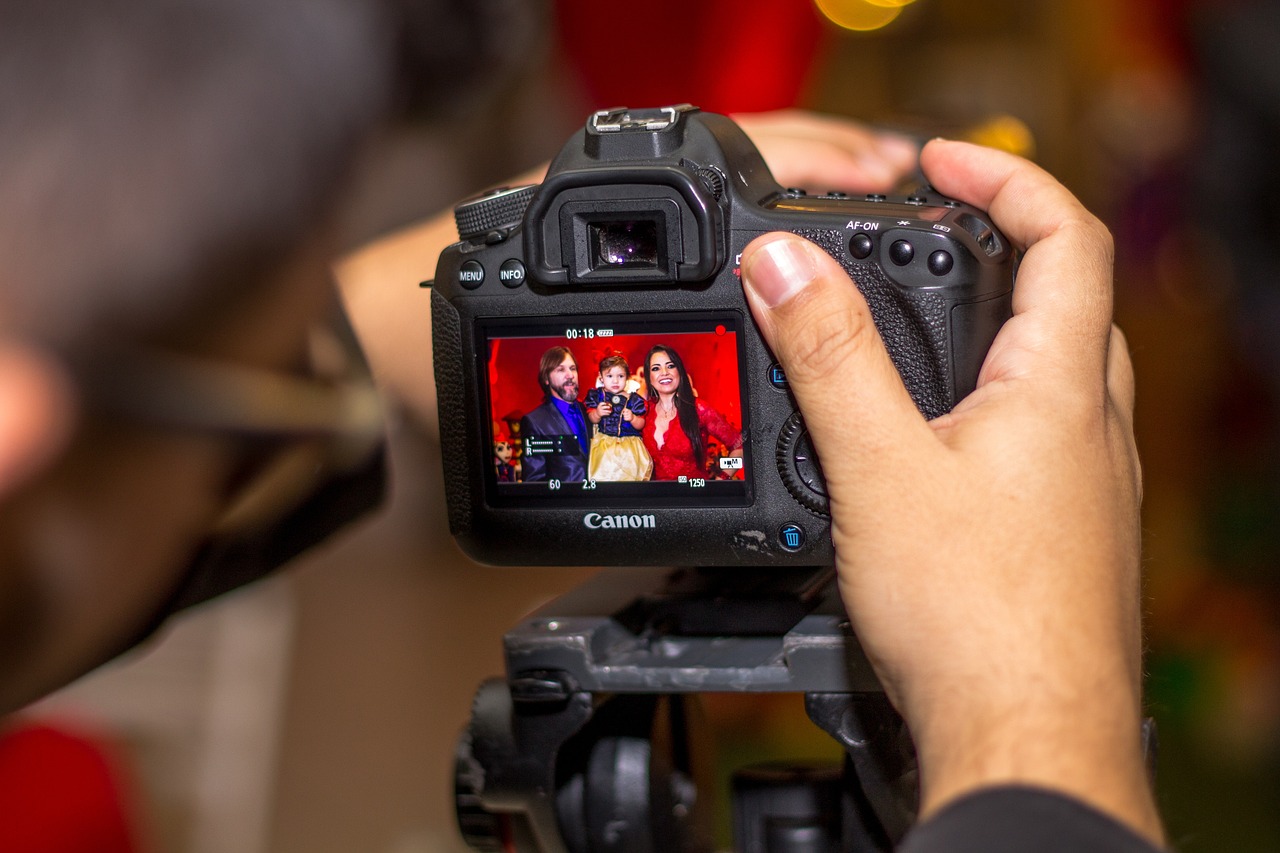
Layering Techniques
Layering is one of the most exciting and essential techniques in both watercolor and drawing, allowing artists to build depth, texture, and complexity in their work. Imagine layering as the art of creating a delicious cake: each layer adds flavor and richness, contributing to a final masterpiece that is visually and emotionally satisfying. In watercolor, layering involves applying multiple washes of color, allowing each layer to dry before adding the next. This process not only enhances the vibrancy of colors but also creates a sense of depth that can make your artwork truly pop.
When it comes to layering in drawing, the approach can be slightly different but equally impactful. Artists often start with light, sketchy lines and gradually build up darker tones and details. This technique allows for greater control over the final image, enabling you to adjust and refine as you go. Whether you’re using graphite, charcoal, or ink, the principle remains the same: start light and gradually add depth. This method is particularly effective when combined with watercolor, as it allows the artist to create intricate details that stand out against the soft, flowing colors of the paint.
To effectively layer in your artwork, consider the following tips:
- Start with a strong foundation: Begin with a well-planned sketch. This will serve as the blueprint for your layering process.
- Choose your colors wisely: When layering with watercolor, opt for transparent colors that allow the underlying layers to show through, creating a luminous effect.
- Experiment with drying times: The beauty of watercolor lies in its fluidity, but knowing when to layer is crucial. Allow each layer to dry completely to avoid unwanted blending.
- Use varied brush techniques: Different brushes can create different textures. Try using flat brushes for washes and round brushes for detailed work.
Incorporating these techniques can significantly enhance the overall impact of your artwork. For instance, layering light washes of color can create a soft background, while darker, more defined lines can bring focus to the foreground elements. This contrast not only adds interest but also guides the viewer's eye through the composition.
Moreover, layering isn’t just about colors and lines; it’s also about emotions and storytelling. Each layer can represent a different mood or theme, allowing you to convey complex narratives through your art. Think of your artwork as a journey; each layer adds a new destination, inviting viewers to explore deeper into your creative world.
In conclusion, mastering layering techniques in both watercolor and drawing can elevate your artistic practice to new heights. By embracing the interplay between these mediums, you can create stunning visual effects that resonate with your audience and leave a lasting impression.
Q: What is the best way to start layering with watercolor?
A: Begin with a light wash of color and gradually build up darker layers, allowing each to dry completely before adding the next. This will help maintain the transparency and vibrancy of your colors.
Q: Can I layer different mediums together?
A: Absolutely! Layering different mediums, such as combining watercolor with ink or charcoal, can create unique textures and effects that enhance your artwork.
Q: How do I know when to stop layering?
A: It’s essential to step back and evaluate your work periodically. If you feel that the composition is becoming too busy or losing its focus, it might be time to stop layering and refine the existing elements.
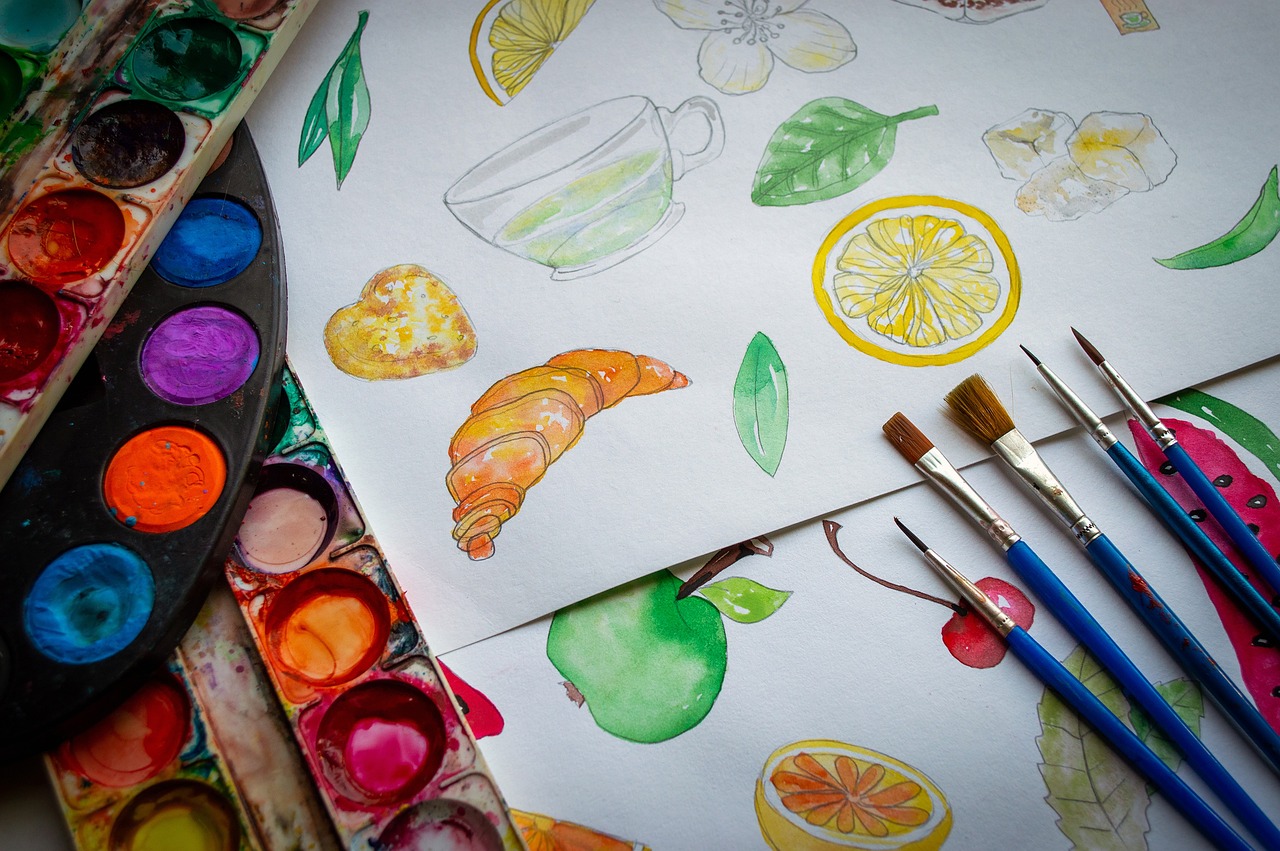
Creating Contrast and Harmony
In the world of art, contrast and harmony play pivotal roles in creating visually captivating pieces. When you combine watercolor and drawing techniques, these two elements become even more significant. Imagine walking into a gallery where vibrant watercolor washes dance alongside sharp, defined lines. That’s the magic of blending these mediums! But how do you achieve that balance? It’s all about understanding the properties of each medium and how they interact with one another.
First off, think about the color palette you’re using. Watercolors are known for their transparency, allowing underlying colors to shine through. This quality can create a beautiful gradient effect when layered correctly. On the other hand, drawing mediums like ink or charcoal can provide stark lines that contrast beautifully against the soft washes of watercolor. To achieve harmony, consider using a limited color palette that complements your drawing. This way, the colors in your watercolor won’t clash with the lines in your drawing but instead will enhance them.
Another technique to create contrast is through line weight. Varying the thickness of your lines can add a dynamic quality to your artwork. For instance, bold lines can emphasize certain areas, drawing the viewer's eye, while lighter, more delicate lines can recede into the background. When layered with watercolor, these varying line weights can create a sense of depth, making your artwork feel more three-dimensional. Think of it like a symphony where different instruments play at varying volumes to create a harmonious sound; your lines and washes should do the same!
To further explore this concept, consider the following tips:
- Choose a focal point: Identify the main subject of your artwork and use contrast to draw attention to it. This could be achieved through brighter colors or thicker lines.
- Use complementary colors: Pair colors that are opposite each other on the color wheel. This not only creates visual interest but also enhances harmony when balanced correctly.
- Experiment with texture: Different textures can create contrast. For example, a smooth watercolor wash can contrast with the rough texture of charcoal, adding another layer of depth to your piece.
Ultimately, the key to creating contrast and harmony lies in experimentation. Don’t be afraid to try different techniques and see what resonates with you. Sometimes the most unexpected combinations can lead to stunning results. Remember, art is a personal journey, and the most important part is to enjoy the process!
Q: How can I ensure my watercolor and drawing mediums work well together?
A: Start by experimenting with different combinations of colors and textures. Test how your drawing mediums react to wet watercolor and adjust your techniques accordingly.
Q: What should I do if my colors clash?
A: If your colors are clashing, consider simplifying your palette. Choose a few colors that complement each other and focus on those to maintain harmony.
Q: Can I use any drawing medium with watercolor?
A: While many drawing mediums can work with watercolor, it’s best to use those that are water-resistant, like ink or certain colored pencils, to prevent smudging.
Frequently Asked Questions
- What are the basic techniques for watercolor painting?
Watercolor painting involves several essential techniques such as wet-on-wet, wet-on-dry, and dry brush. Wet-on-wet creates soft, blended edges, while wet-on-dry allows for sharper lines and more defined shapes. Dry brush is great for adding texture and detail. Each technique can produce unique effects, making it crucial to experiment and find what works best for your style!
- How can I choose the right drawing materials for my art?
Selecting the right materials depends on the effect you want to achieve. For smoother lines, graphite pencils are ideal, while charcoal can create rich, dark contrasts. Inks are perfect for bold outlines and intricate details. It's all about exploring different materials and discovering what resonates with your artistic vision!
- Why is sketching important in the artistic process?
Sketching acts as a roadmap for your artwork. It helps you plan your composition, refine your ideas, and visualize how watercolor and drawing will work together. Think of it as laying the groundwork before building a house—without a solid foundation, the final piece may not hold up as well!
- How do I effectively layer watercolor and drawing techniques?
Layering is key to achieving depth in your artwork. Start with light washes of watercolor, allowing them to dry before adding more layers. Once you're satisfied with your watercolor base, you can incorporate drawing techniques like inking or pencil shading on top to enhance details and create contrast. It's like building a delicious multi-layered cake!
- What are some tips for creating contrast and harmony in my artwork?
To achieve contrast and harmony, focus on balancing colors and lines. Use complementary colors to make elements pop and consider the thickness of your lines. Thicker lines can draw attention, while finer lines can recede into the background. It's all about finding that sweet spot where all elements of your artwork work together seamlessly!



















